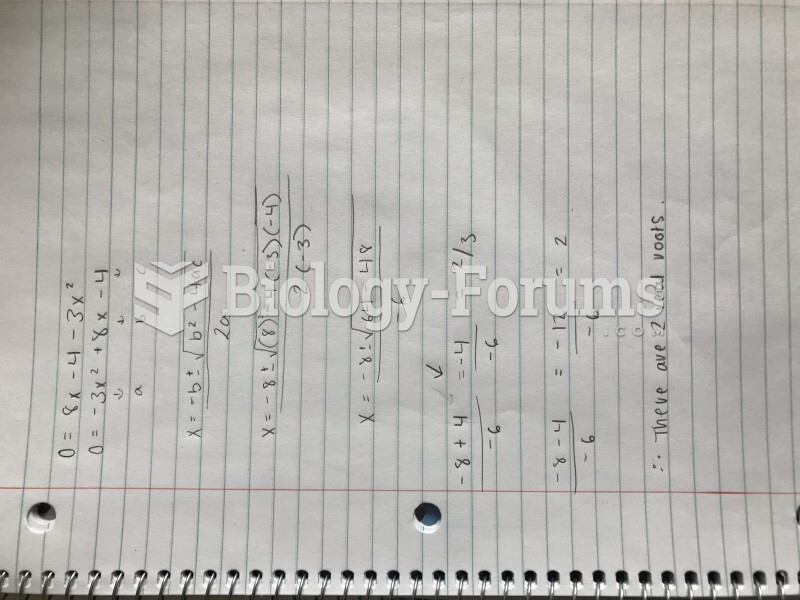Question 1
Tony Martin's students are convinced that he loves teaching English. Of the following, their belief is most likely related to:
◦ Tony's personal teaching efficacy.
◦ Tony's expectations.
◦ Tony's modeling.
◦ Tony's organization.
Question 2
Use the case study illustrating La-Juan Hawkins' science lesson with her students to answer the following question(s).
Case Study Illustrating La-Juan Hawkins Work with Her Students
1. La-Juan Hawkins, a first-year teacher, has had her science students studying the structure of the atom, and she now wants them to understand static electricity.
2. "Did you finish your homework?" Jay asked Patricia as they walked into the classroom.
3. "Are you kidding? You miss a homework assignment in this class and you're a dead duck," Amy interjected.
4. "Boy, Mrs. Hawkins, you had my whole family on the ropes last night. I had both my Mom and Dad helping me find examples of the elements you assigned us," Ken commented as he came into class.
5. "That's good for you," La-Juan smiled back. "I know it was a tough assignment, but it makes us think. And, I know all of you in here can understand this stuff if I teach it well enough, and you study hard enough."
6. La-Juan began, "We've been talking about elements. Let's see what we remember. Look at the model, as she held up a model that had three balls of red clay with +'s on them to represent protons and three balls of yellow clay with 0's on them to represent neutrons. What element does this represent? . . . Allen?"
7. ". . . Lithium," Allen responded.
8. "Good, and how do we know, . . . Kathleen?"
9. "There are three protons in there," Kathleen responded pointing to the model.
10. "All right! Very good.
11. "Now," she said. "Let's think about electrons. . . . What do we know about them? . . . Peter?" she asked, seeing Peter staring intently at the clay pieces in her hand.
12. "They're . . . out there," Peter responded, moving his hands to demonstrate that the electrons were outside of the nucleus.
13. "Yes, good. We said the electrons are in orbit around the nucleus," La-Juan nodded.
14. "And, are they tightly or loosely attracted to the nucleus? . . . Janice?
15. ". . . Sort of loosely, I think," Janice tentatively responded.
16. "Yes, very good, Janice. We can 'scrape' electrons off," La-Juan continued, "so they're loosely attached."
"Now, keep that in mind, because it's important. We can get electrons off the atoms fairly easily with heat or even by simply rubbing them, while the nucleus is very hard to break up."
17. "Now, let's take a look," La-Juan said as she stepped quickly over to her file cabinet and took out an inflated balloon and a wool sweater. "Watch." She then rubbed the balloon vigorously with the sweater, stepped over and put the balloon near Michelle's hair and asked, "What do you notice here? . . Vicki?"
18. "The balloon is making Michelle's hair stick up," Vicki responded to the giggles of the class.
19. "Yes!" La-Juan smiled. "Now, we want to try and do today is figure out why this happened."
20. ". . . Look again," she continued when she saw them all looking at her. She then took another inflated balloon, held it against the chalkboard, and let it go. "What happened here? . . . Joe?"
21. "It just fell down," Joe shrugged.
22. "Let's try it again," La-Juan continued as she rubbed the balloon on the sweater.
23. "Now what? . . . Melody?"
24. "It's stuck up there now."
25. "Yes, it is! Now, this is a little tough, but I'll bet we can figure out why it stuck this time. Give it a try, John?"
26. ". . . Well, you rubbed it on the sweater the second time."
27. "And, what did the rubbing do? . . . Tracey?
28. ". . ."
29. "Think about the electrons," La-Juan encouraged.
30. ". . . Well, some of the electrons might have been rubbed off the sweater," Tracey responded uncertainly.
31. "Yes, exactly, Tracey. They're bound tighter in the balloon, so the balloon collects them from the sweater.
32. "So, now what do we have? Randy?"
33. ". . . We have more electrons than protons on the balloon."
34. "Bravo! Excellent thinking. So then what? . . . Ed?"
35. ". . . The extra electrons attracted Michelle's hair."
36. "And what else? . . . Carol?"
37. "The same thing happened to the board."
38. La-Juan then had the students explain additional examples, such as why clothes stick together in the dryer, and why people sometimes get a shock after they walk across a carpet and touch a door knob.
Look at paragraphs 3-5 in the case study. Of the following, they best illustrate La-Juan's:
◦ personal teaching efficacy.
◦ caring.
◦ expectations.
◦ modeling and enthusiasm.







